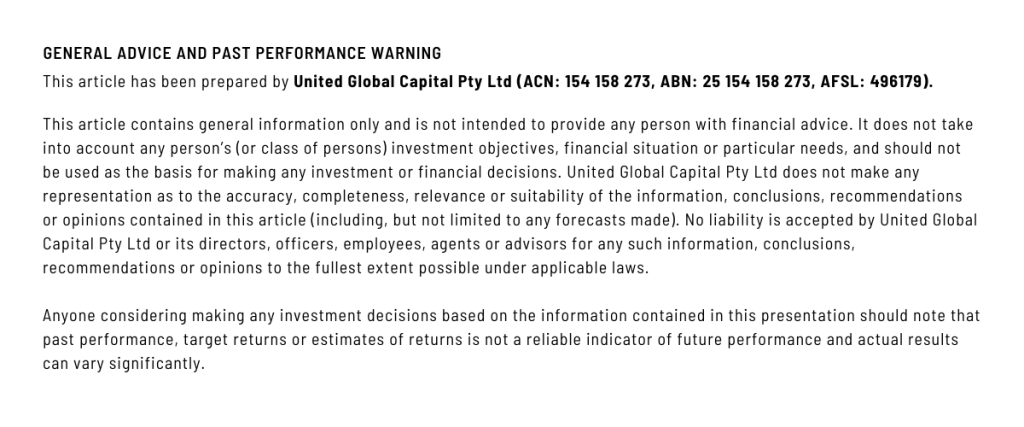Navigating the Impending Mortgage Cliff: Challenges of Fixed-Rate Loans
The Reserve Bank has expressed concerns over how some borrowers on low fixed-rate mortgages will cope once their loan expires, highlighting the imminent mortgage cliff.

Incremental home loan interest rate hikes have been eating into the household budgets of millions of Australians ever since the Reserve Bank of Australia (RBA) began lifting its official cash rate in May 2022. While the RBA recently decided to maintain the cash rate at 3.60 percent, it aims to assess the impact of previous rate hikes and evaluate the economic outlook.
Variable Rate Home Loans:
The looming mortgage cliff intensifies worries for borrowers, especially those with variable rate home loans. Monthly mortgage repayments for many individuals have gradually increased by 30 to 50 percent since early 2022. Currently, the average interest rate for a standard variable mortgage, with a 70-80 percent loan-to-valuation ratio, stands at around 5.50 percent, with some products charging over 6 percent.
The Fixed-Rate Mortgage Cliff:
Within the Australian housing market, a significant sub-set of borrowers, estimated at approximately 1.33 million by the RBA, are perched on the edge of what is often described as the fixed-rate mortgage cliff. During the period of record-low interest rates in 2021, many borrowers secured two- to three-year fixed-rate loans at rates close to 2 percent, including attractive two-year honeymoon rate deals priced below 2 percent. According to the RBA’s research paper titled “Fixed-rate Housing Loans: Monetary Policy Transmission and Financial Stability Risks,” around 880,000 fixed-rate home loans are set to expire and transition into variable rate loans this year, with an additional 450,000 expiring in 2024.
Anticipated Increases in Repayments:
The impending mortgage cliff signals potential financial challenges for borrowers. For instance, a borrower with a $500,000 mortgage and a 25-year term, currently locked in at a low fixed rate of 2 percent, would witness their monthly repayment surge from around $2,100 to $3,100 once the fixed-rate period concludes and they transition to a 5.5 percent variable rate. Even a minor 0.25 percent rate increase translates to an additional $80 per month in loan repayments. While borrowers with fixed rates have benefited from an extended period of low rates, concerns remain about their ability to manage the significant increase in repayment obligations.
Navigating Challenges and Loan Refinancing:
The ability of borrowers to adapt to substantially higher borrowing costs when their fixed-rate mortgages expire poses a key issue for the economic outlook and financial stability, as highlighted by the RBA. While some borrowers may have prepared for higher loan payments during the period of low fixed borrowing costs, others may have increased their consumption beyond their means. Borrowers on low fixed-rate loans may face limited options, potentially leading them to refinance their loans at higher variable rates. Although fixed-rate loans transitioning to variable rate loans with the same lender do not appear in official lending statistics, data from the Australian Bureau of Statistics (ABS) reveals a record $13.62 billion in “external refinancing” of owner-occupied mortgages in February 2023, surpassing the $13.16 billion in January. From August 2022 to February 2023, the value of external refinancing for owner-occupied loans exceeded $78 billion.
Market Assessment and Interest Rates:
Moody’s credit ratings agency provided a “credit negative” review of the Australian residential mortgage-backed securities market in March 2023. This market segment often caters to higher-risk borrowers, offering “low-doc” loans that require minimal documentation to demonstrate repayment ability. However, major Australian home loan lenders report that mortgage defaults and home repossessions are currently occurring at a rate no higher than during the peak of the global financial crisis.
As the Australian housing market faces the looming mortgage cliff, concerns arise regarding the ability of borrowers with low fixed-rate mortgages to manage the forthcoming challenges. With fixed-rate loans expiring and transitioning to potentially higher variable rates, borrowers may experience significant increases in monthly repayments. The RBA acknowledges the impact this may have on household consumption and financial stability. Refinancing loans to mitigate the effects of the mortgage cliff becomes an option for many borrowers, as reflected in the increasing external refinancing figures. The market continues to be closely monitored, and the RBA’s decision to maintain interest rates indicates their commitment to assessing the economic impact before making any further adjustments.
Borrowers facing the mortgage cliff are advised to evaluate their options and seek professional advice to navigate the potential challenges ahead. Please contact us today if you are seeking guidance regarding your personal finance.

